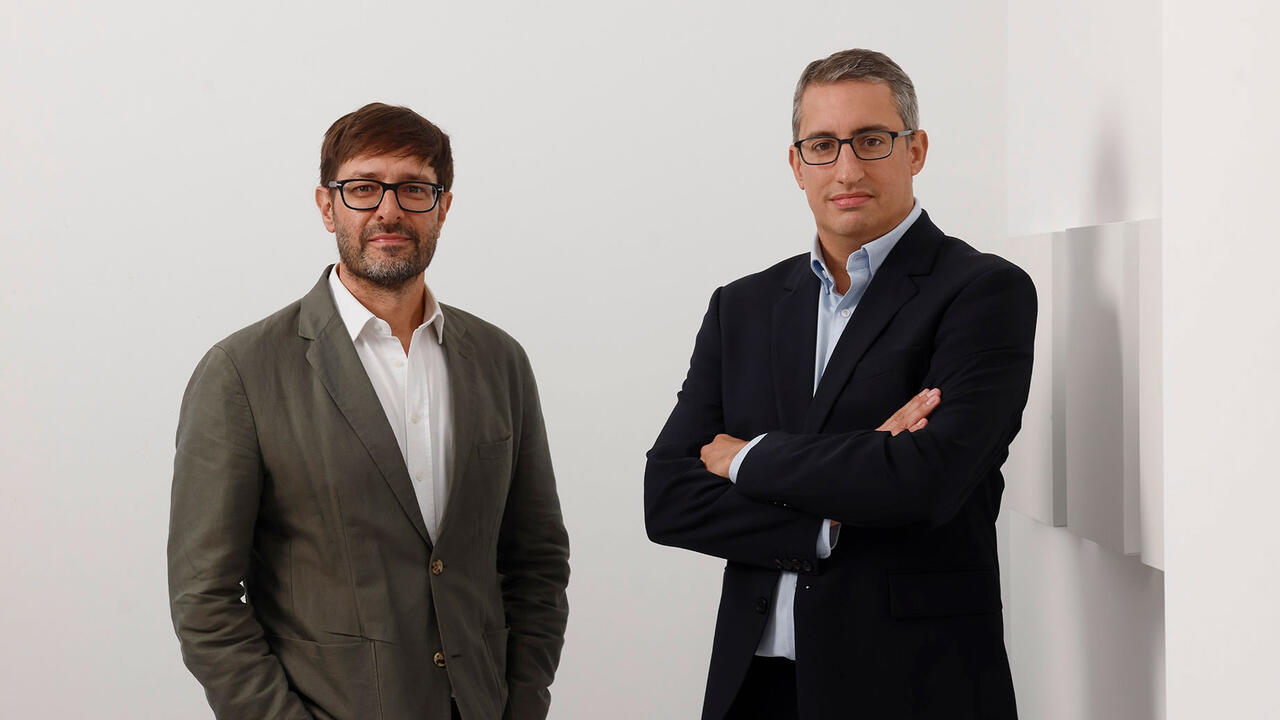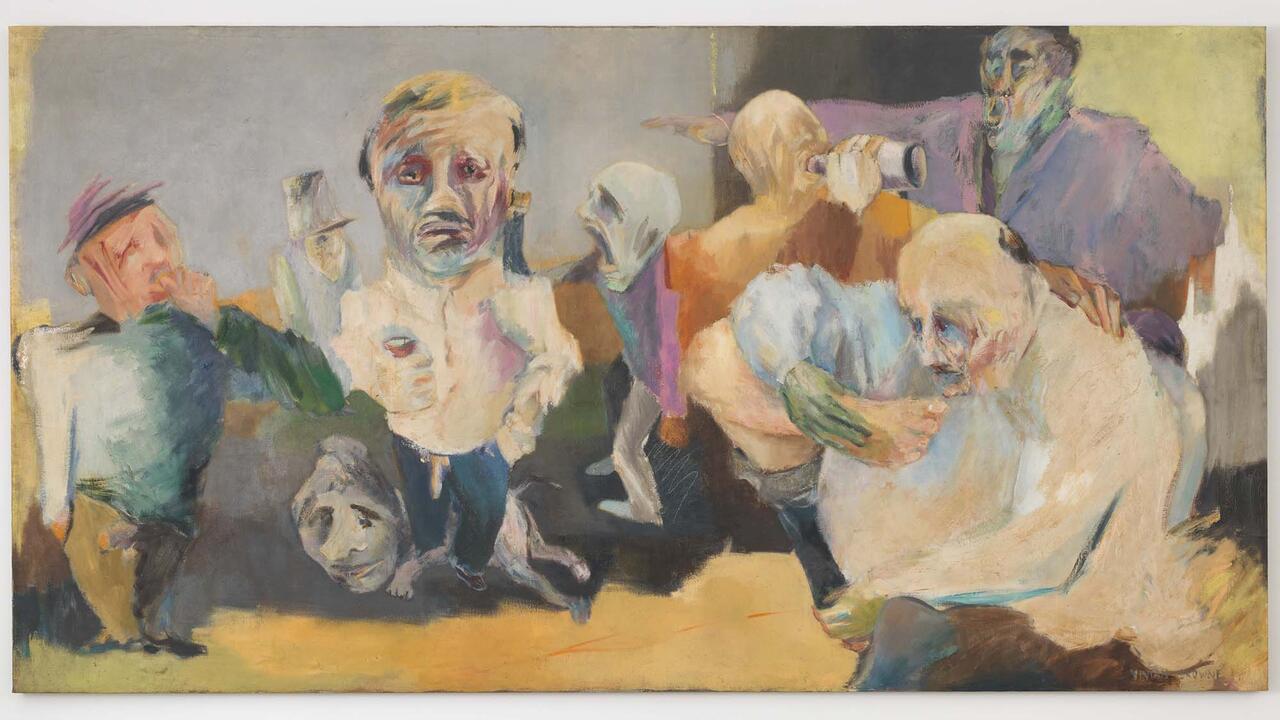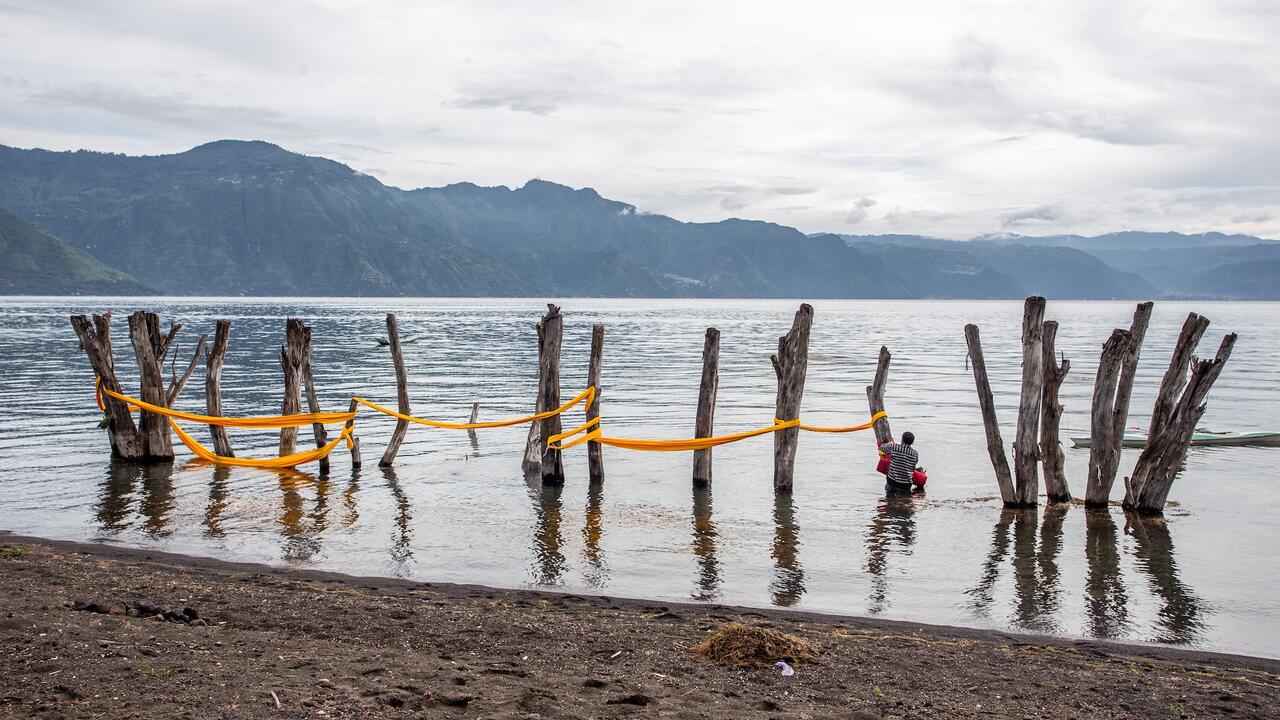Performing Politics for Germany
Controversial Israeli performance group Public Movement at the HAU theatre in Berlin
Controversial Israeli performance group Public Movement at the HAU theatre in Berlin

The Israeli performance group Public Movement was born in 2006 from the spirit of a fatal collision. Initially mounted in Tel Aviv by Omer Krieger and Dana Yahalomi, and later re-enacted in other cities, Accident (2006) was conceived as a secular ceremony in which two cars, traveling in opposite directions, converge at a crossing to ritually run down two pedestrians.
The chief inspiration was of course J.G. Ballard, specifically Crash (1973), in which the car wreck is figured as ‘a fertilizing rather than a destructive event.’ The more general insight was that the act of interrupting one network (a traffic network) puts into play other networks (the emergency services) while simultaneously generating new networks, by creating new associations. In Crash this was the network of thrill-seeking accident-fetishists who formed around the charismatic ‘television scientist’ Vaughan. In this case the new network was Public Movement itself, which, following Accident, formalized into a more-or-less stable company, acquiring a phalanx of ten members beyond its two founding leaders, along with a set of clean-cut white uniforms.
Two weeks ago in Berlin, on the invitation of the Hebbel Am Ufer (HAU) theatre, Public Movement reprised Also Thus! (2007), their first official production. Named after militant Zionist group the Irgun’s slogan ‘Only Thus’, it was initially performed at a dance festival in the Israeli city of Acco (a city that, 60 years earlier, had played host to what was perhaps the Irgun’s boldest action: an elaborately choreographed prison break that successfully sprang around 200 prisoners in 1947).

Photograph courtesy: Public Movement / Eyal Vexler
The work took on new associations in the shadow of Werner March’s monumental Olympic Stadium. Before an audience seated in temporary bleachers, the group employed a small set of sonic and visual elements to powerful dramatic effect: a dozen flags, ten uniformed men and women performing military manoeuvres, sounds of marching, sounds of revved engines and an evil-looking black car, sharking around with intent. At one point the car screams out of nowhere, smacking a male performer two metres clear. Someone opens a door, and the torso of a woman, apparently dead, tumbles out. With the rest of her body still inside the car, her arm is left trailing along the parade ground, as the fallen male performer is lifted to the top of the vehicle and it is solemnly pushed out of the staging area.
One moment later the whole group returns as an all-smiling chorus line. The gear-shift is startling, and captures the group’s general aesthetic. Fascist and youth movement tropes alternate with thriller motifs, Brechtian strategies (Also Thus! finishes with Krieger flatly stating ‘End of ceremony’ over the PA system) blend with ideas looted from Riefenstahl: at one point a running performer takes a flaming torch to the word ‘JETZT’, hanging from a swing-set in the upper part of the staging area. But the dominant influence is arguably Antonin Artaud, and his vision of a theatre of gestures ranged against the theatre of characters.
While Also Thus! seems to suggest some kind of new language for theatre, Public Movement state that they consider the work as a ceremony. Where exactly the dividing line lies remains open to question; in some sense the one follows where the other breaks down. Either way: Public Movement’s interests since Also Thus! have been developing away from drama towards an investigation of (and experimentation with) rituals in the expanded field.
Last year in Lodz, Poland, the group organized a public festival made up of information kiosks for political parties to distribute their literature to the public (Free Market, 2008). The invited groups ranged across the breadth of the Polish political spectrum, from the extreme left to the extreme right. The goal was to provoke public discussions across party-lines, a phenomenon increasingly endangered in an age in which the individualizing power of the new media has led to mass self-segregation inside cloistered circles of cognitive consonance. Also in Lodz, Public Movement systematically stencilled bright blue Jewish stars over the amateurish white Jewish stars that rival fans had graffitied over the ‘K’ in the name of the football team LKS Lodz (Stars, 2008). The white stars expressed vague contempt, conveyed though the ready-made rhetoric of anti-Semitism; the blue stars asserted an identity in the teeth of its negative evaluation.
Public Movement have tended to avoid explaining their own actions; perhaps for this reason, in the wake of their Lodz activity, a third actor entered the field. After seeing Also Thus!, the fantastically-named Maria Technosux, a dance critic from Amsterdam, became convinced that the group is a front for the Israel Defense Forces (IDF), serving nefarious capitalist-Zionist protocols, and made it her mission to enlighten the world. ‘Public Movement is an IDF-backed propaganda front,’ Technosux explained recently, ‘employed to push for the militarization of the police world-wide, acclimating the general public to this militarization by staging public events gloryfying [sic] authoritarianism and militarism under the guise of performance art. The Public Movement “performers” are NOT artists, they are IDF propaganda minions.’
The evidence was damning. The Public Movement blog uses as its subtitle a line from the IDF Winogrod Committee Report, delivered in the wake of the perceived failures of the Second Lebanon War: ‘The army was not performing creativity.’ Additionally, Israel is one of the most militarized societies in the world, and Public Movement includes amongst its members a combat solider reservist, a former military policewoman and an ex-IDF psychological interrogator. Technosux also alleges that the group, shockingly, may have smoked dope in Amsterdam, a practice notoriously common among police agents.
Even more insidiously, Public Movement work to camouflage their malevolent mission by focussing on the level of their actual activity on the intersections between art and politics, their mutual overlaps and unexpected exposures, rather than authoritarian militarism as such. Hence in 2007 the group performed Change of Guard (with Dani Karavan), a ritual mounted in the Tel Aviv Museum of Art which consisted of laying flowers before a large photograph of a tectonic frieze designed by Karavan in 1966 to symbolize Israeli collective identity.
Karavan, who was apparently unaware of his collaboration, is the Israeli state artist par excellence and his frieze takes up the wall behind the speaker’s podium in the Knesset in Jerusalem. Meanwhile the Tel Aviv Museum of Art was the building in which the State of Israel was officially declared in 1948. The museum in which Israel was born today celebrates its own past with a photograph of the work that serves as the backdrop to its contemporary political processes. Along similar lines in 2008, the group celebrated the 86th Anniversary (a significant marker) of the assassination of President Gabriel Narutowicz by the painter Eligiusz Niewiadomski in the Zacheta National Gallery, Warsaw, an event that the group apparently finds inspiring, by employing a number of tough-looking Polish bodyguards to menacingly escort visitors around the museum.

Public Movement, Spring in Warsaw (2009). Photograph courtesy: Public Movement / Tomasz Pasternak
Public Movement’s most successful action to date also took place in Warsaw. In April this year the group carried out the walk Spring in Warsaw (organized by Nowy Teatr in collaboration with curator Joanna Warsza of the Laura Palmer Foundation) as a response to long-standing existing state ritual: the March of the Living, an ideologically charged tour of Holocaust sites organized by the Israeli Ministry of Education, which around 30,000 Jewish high school students take part in every year. During their visit to Poland, each group of pilgrims is accompanied by black-capped security agents, charged with protecting them from Polish anti-Semitism. Polish anti-Semitism remains active, together with Polish racism; at point during Public Movement’s rehearsals, I watched a tall man with short hair and three teeth catch sight of the group and stop suddenly, raise a Nazi salute in warm memory of the man who once tried to annihilate his whole country, yell ‘Heil Hitler!’ and then repeatedly begin shouting ‘Kurwa!’ (‘fuckers’ or ‘whores’) at no-one in particular. As the man’s embarrassed friends dragged him away, Krieger wondered if the whole group might belong to a rival theatre in Krakow. At another point, I saw two students from Africa get pushed around in the centre of Warsaw before a passing police car succeeded in breaking things up; they said that something similar happened each time they went out.

Public Movement, Spring in Warsaw (2009). Photograph courtesy: Public Movement / Tomasz Pasternak
Nevertheless, at least in the former case, the possibility remains that the structure of the tour may be fuelling this problem, by nurturing mutual suspicion across an ethnic divide. Ilona Dworak-Cousin, the chairwoman of the Polish-Israeli Friendship Association in Israel, made the point plainly in a comment given to the Polish weekly newspaper Przekrój in May 2007: ‘Those trips basically come down to visiting, one by one, the places of extermination of Jews. From that perspective Poland is just a huge Jewish graveyard. And nothing more.’ Eight hundred years of shared Jewish-Polish history disappears in the course of reaffirming the Holocaust as the absolute centre of contemporary Jewish identity, and asserting that the most salient and memorable fact about European Jewish history – the fact most worth passing on to the next generation – was their murder.

Public Movement, Spring in Warsaw (2009). Photograph courtesy: Public Movement / Tomasz Pasternak
In choreographing Spring in Warsaw Public Movement included a quasi-Islamic prayer, a flag-planting ritual at the site where noted Jew L.L. Zamenhof invented Esperanto, a mass public kneeling before the Willy Brandt memorial (a third order of representation, as the statue was originally built in honour of the German chancellor after he knelt in front of Nathan Rapoport’s Ghetto Heroes Memorial on his visit to Warsaw in 1970) and a synchronized dance backed by Justice vs. Simian’s ‘We Are Your Friends’ (2007) infront of the memorial itself. Attended by a mixed Polish and Jewish crowd of 1,300 people (a number admittedly dwarfed by the 30,000 individuals who attend the official tour) the central claim of the work – tenaciously argued in the Polish press in a well-organized media-campaign in the run-up to the event – was that the Holocaust should not be understood as the property of one nation, but rather as an event in the history of humanity as a whole. Moreover: an event it was possible to learn positive lessons from: lessons, for example, about sectarianism. Finally: in attempting to stage this claim, the group effectively disappeared: who exactly ‘Public Movement’ were became functionally irreverent in the course of orchestrating – in-and-through public space, in the real – a deeper shift.

Photograph courtesy: Public Movement / Eyal Vexler
Also Thus! featured as part of a week of actions (also organized by the HAU theatre) entitled ‘Performing Politics For Germany’ which looked to build on the lessons that Public Movement learned in Poland. Seen in this light, the week was a failure. Working on the understanding that the purest arena of politics is the street (an understanding which is highly questionable, given that all milieus generate their own unique political pressures) the original plan had been to orchestrate a ritualized three-party manoeuvre between three major street presences: the far-right NPD (led in Berlin by the moderately talented, if somewhat uni-dimensional folk musician Joerg Haehnel), the German riot police and the militant anti-fascist group Antifa.
This proved impossible. Antifa were ultimately unwilling to suspend their beliefs in the cause of demonstrating a formal symmetry that they were ideologically compelled to reject. The German riot squad was characteristically uninterested, and then finally the publicly funded HAU theatre, fearing probable media backlash, killed the whole proposal at the source. As a result, Public Movement were driven back into the comfort zone of rhetorical-symbolic politics, a space many artists and theorists in fact never leave, appearing at a German lesson, conducting some manoeuvres in front of the Reichstag, taking out a number of books from the library. Meanwhile the outstanding question remains: if the original action had gone ahead as planned, would it have forced its participants to acknowledge the rituals which govern their lives, thus producing, as an accident, a progressive result? The issue is perhaps undecidable.















